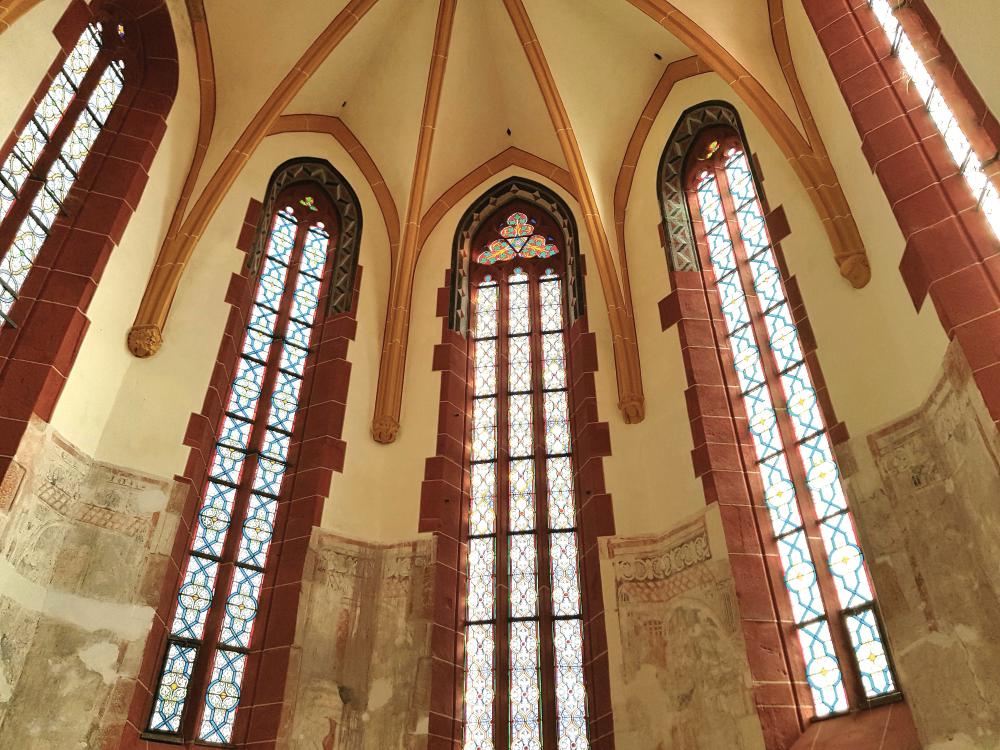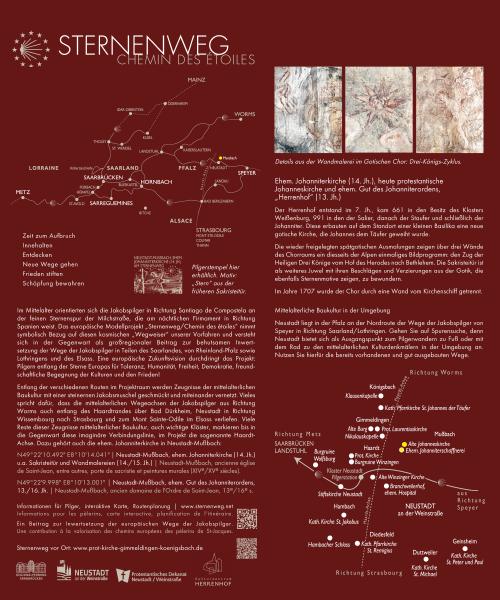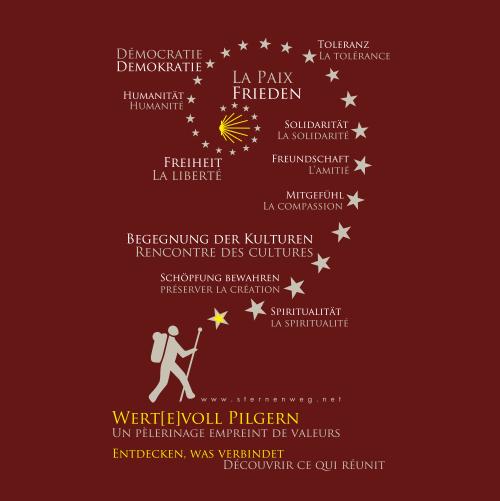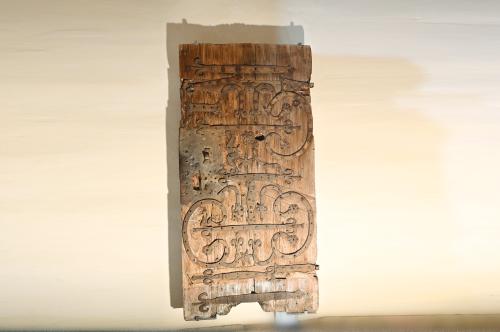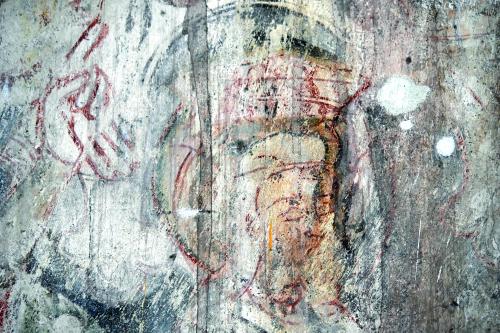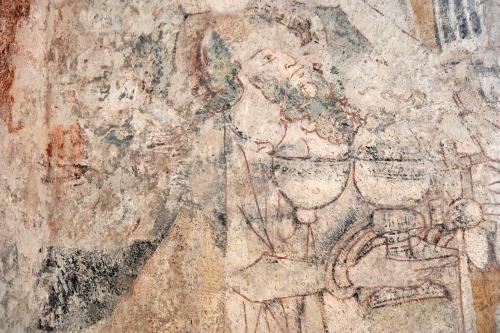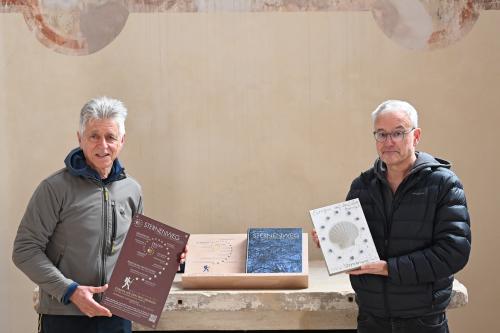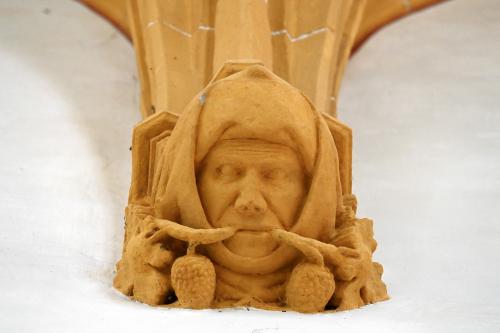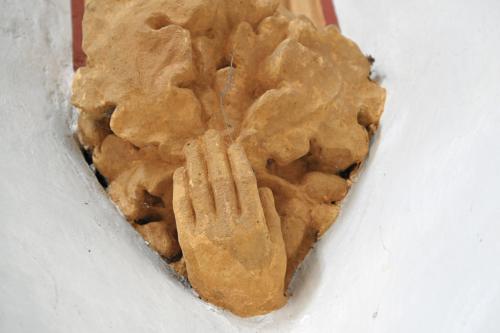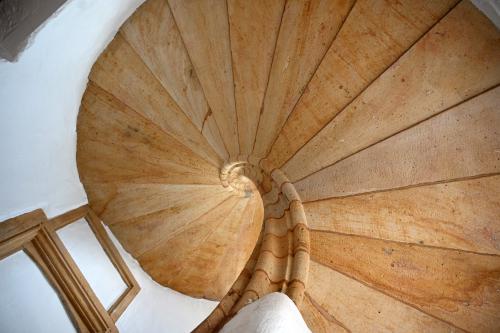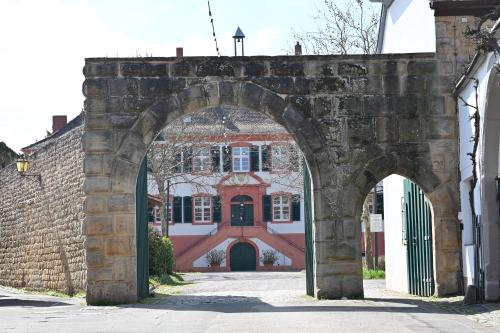Information board Mußbach
On Sunday, April 13, 2022, at 2 p.m., the idea of the project will be presented in the Johanniter Church during a festive service and the information board and the stone scallop shell as a “signpost” will be inaugurated.
The manor house once belonged to the Benedictine monastery of Weißenburg and later came into the possession of the Order of St. John until it was secularized. Today, the ensemble belongs to the state of Rhineland-Palatinate and is of supra-regional importance as a cultural center with art exhibitions and a stage program. However, the Herrenhof also aims to be a “third place” for the local population, serving as a place for social interaction.
The new construction of St. John’s Church in the Gothic style goes back to the Order of St. John. The church was never part of the self-contained building complex of the manor house. However, there was a separate entrance from there, and there may even have been a connection via a wooden walkway, which enabled the sick who were cared for in the Order’s house to attend the service through an opening in the wall of the church. The purpose of the Order of St. John was to run hospitals for sick pilgrims (on their way to Jerusalem).
The Knights of St. John also had the church decorated with a pictorial program that is unique on this side of the Alps: it shows the procession of the Magi following the star to Jerusalem to King Herod’s court and then to the stable in Bethlehem on three walls of the choir room. The pictures correspond to the late Gothic style of the Codex Manesse. The paintings have only been uncovered and gradually restored since the 1990s. Stars also play a major role on the former sacristy door, which dates back to the 13th century. With its fittings and decorations, it is considered a jewel from the Gothic period and is very well preserved.
16 medieval cultural monuments in Neustadt invite you to search for traces and make a pilgrimage of values.
As part of the project, all of Neustadt’s medieval cultural monuments have been integrated into the network of paths and invite visitors to explore these gems of medieval architecture. Points of reference such as the Old Winzingen Church have already been provided with an information board.
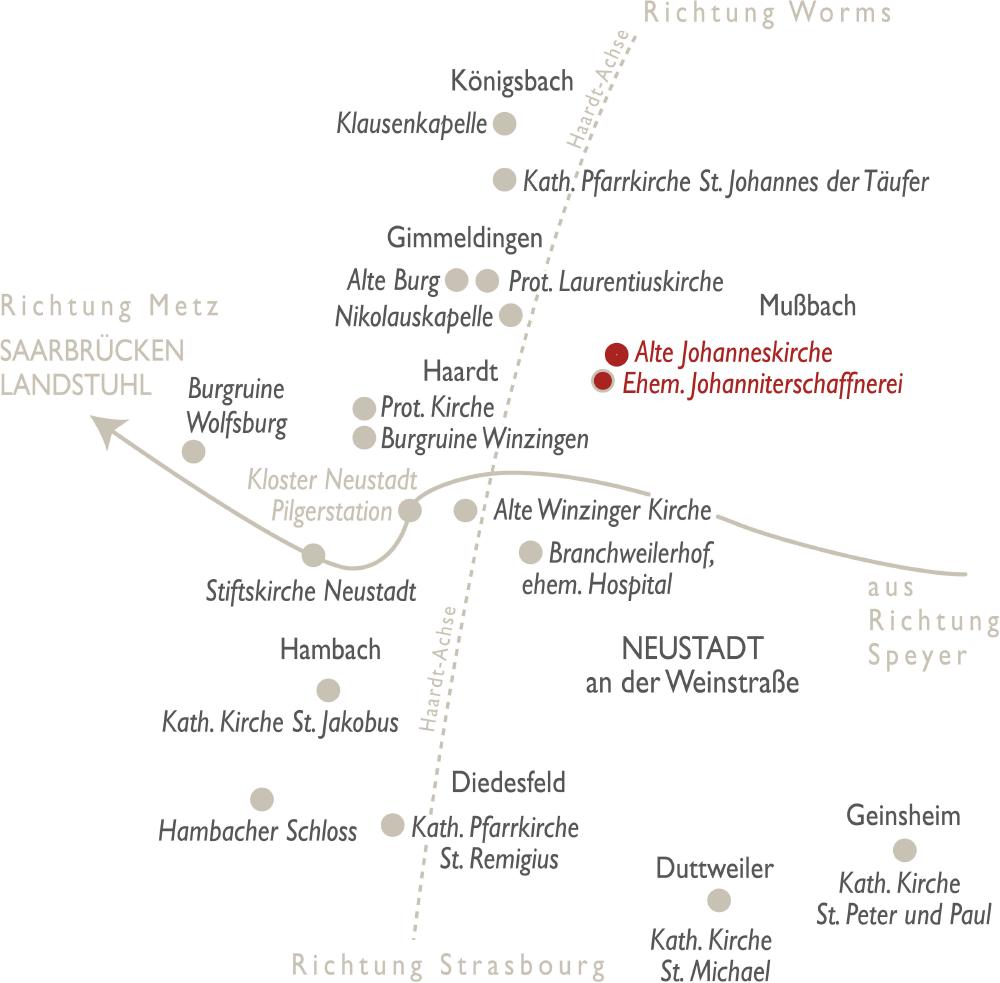
The medieval pilgrims may have identified with the three kings who followed the star and found confirmation that they were in the right place and on the right path through the star symbolism of the church. For the local people, they were - and still are today - signs of a welcoming culture and hospitality. The Johannitergut has always included vineyards. The name “Johannitergut - oldest vineyard in the Palatinate” was adopted by the state of Rhineland-Palatinate. The purchase of the land also made it possible to establish the teaching and research institute in Mußbach, now the Dienstleistungszentrum ländlicher Raum (DLR) in Mußbach. It offers a dual course of study in viticulture and oenology and continues to attract young people to the wine campus and the village. The Herrenhof and St. John’s Church stand for joyful encounters between people of different origins and generations, for learning and celebrating together across borders, for a spiritual and cultural heritage that must be constantly reappropriated and that commits us to a peaceful future. This also includes the preservation and maintenance of the material cultural heritage, in particular the restoration of the medieval wall paintings, which has only just begun.
All of this fits in very well with the vision of the European model project Starry Path/
Chemin des étoiles, with which we identify and which we are very happy to support with our possibilities," explains Pastor Thomas Klein, who realized the idea with the support of Dr. Erich Bien from Neustadt and project manager Peter Michael Lupp in Mußbach.
Pastor Thomas Klein, who implemented the idea with the support of Dr. Erich Bien from Neustadt and project manager Peter Michael Lupp in Mußbach
Against the backdrop of current world events and destructive wars, we have a greater duty than ever to defend Europe’s cultural values and to build a Europe of peace and sustainability for our children and grandchildren on their foundations!
The European model project Starry Path/
Chemin des étoiles stands for an open-minded and tolerant Europe and its canon of values, above all for peace in the world! That is why, in the spirit of Robert Schuman, we appeal to the civil courage of all people who make a pilgrimage along the Starry Paths in the Greater Region to be courageous and, whenever possible, to take an active stand against racism, anti-Semitism and right-wing extremist violence! Courage is a decision to break new ground and take responsibility. The Gothic Johanniterkirche church in Mußbach has left us an important symbol for the present day with a depiction of the Three Wise Men in the murals: barely recognizable, they call across time for a journey of humility and recognition of other cultures. They courageously promote cultural diversity and the peaceful unity of mankind. You are guided by a star that leads you beyond all differences to a higher wisdom.
Project manager Peter Lupp
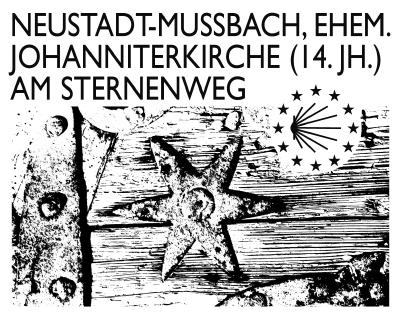
This pilgrim stamp is available here. The motif is a “star” from the former sacristy door.
